Today was a perfect Sunday–we had homemade pea soup for dinner, the snow is finally melting, I got most of my wedding scrapbooking done, and the smell of homemade bread baking in the oven was absolutely heavenly.
My previous experience with bread is limited to a few loaves of whole-wheat batter bread, challah, and some pumpkin and banana bread. Although I’m not planning on baking the breads in order, I am starting with the first recipe in the book, Basic White Bread–all 14 pages of it. In addition to the recipe, Beard provides tips for kneading dough, shaping the loaf, copious footnotes, and “Remedies for the Not-Quite-Perfect Slice.” Still, it is a rather daunting recipe when one is used to 3 x 5 index cards.
The major difference between Beard on Bread and my previous bread making experience is Beard’s focus on understanding the process rather than blindly following step-by-step instructions a la Betty Crocker. Beard wants you to learn why your flour behaves the way it does, to determine what went wrong with a loaf and how to fix it the next time, and to get your hands dirty (or doughy, as the case may be).
The Ingredients:
Beard’s recipe calls for using butter to grease the bowl and pan; I prefer Crisco vegetable shortening.
I have never proofed yeast before, instead placing my trust in the Yeast Manufacturer, but I was incredibly amused to watch it foam up. I am easily impressed (and I promise to take a picture of my proofing yeast next time for the easily amused among you to observe it too).
I needed to add a little extra water to my dough to get it to hold together (about 1 ounce). I lightly floured my kneading surface (aka, our wooden cutting board) and hands, but didn’t need to add extra flour to the dough. It kneaded very easily, not too sticky (unlike the Great Challah Bread Disaster, in which my dough became adhered to the counter and I had to use a spatula to get it off). I prefer to knead with two hands, instead of the one-handed technique outlined in the main recipe.
Here is my bread dough before the first rising:
And after:
My first rising took 70 minutes. As you can see from the finger marks, I used the poke-the-dough-and-see-if-it-bounces-back test to gauge when it was ready, rather than figuring out when it doubled.
Here is the loaf before the second rising:
And after:
My second rising took about 60 minutes. I brushed the top of the loaf with water and made three diagonal slashes in the loaf, feeling quite artisan and baker-like afterwords.
I baked the loaf for 35 minutes, the minimum time recommended. Beard cautions that it may take up to 50 minutes of baking time, but my Super Oven (which I think is about 100 degrees hotter than it’s supposed to be) finished the bread in 35 minutes. As you can see in the picture, the crust looks a little over-baked. Next time, I will check on the bread sooner than the minimum baking time called for. Of course, I was tremendously entertained by rapping the top and bottom of the loaf to check its done-ness. I would promise to record the sound next time and post a sound file as well, but that may be going overboard.
Beard recommends letting the bread cool for 2 to 3 hours before it is “good for slicing.” Since I have the attention span of a pygmy marmoset when it comes to slicing–and then eating–fresh bread, I gave it at most 10 minutes. The pea soup was ready, the kitchen smelled absolutely amazing, and the bread tasted even better than it smelled.
Despite its slightly over-baked appearance, the loaf was baked to the perfect degree of crustiness. I have had bread this good once in my life before, when I traveled to Germany in college. We simply do not have amazing bread in the United States–you need to bake it yourself and eat it fresh out of the oven. The store-bought bread in the U.S. is almost a completely different food from the homemade loaf I made today (and not in a good way). As I bit into my first slice (and the second, and the third, and the fourth), and ate homemade pea soup in between, I wondered what other amazing foods we have lost by transitioning to industrial convenience food products. As someone who works full-time, with a spouse who works full-time as well, I can certainly understand the time constraint issue. We love to cook, and make it a priority. If you don’t like cooking, it may not be worth it for you. But if you are deciding without ever tasting a piece of homemade bread hot from the oven that it isn’t worth the time, it isn’t worth the hassle, it doesn’t taste any better anyway, I challenge you to take a couple of hours one Sunday afternoon and make a loaf of bread. You won’t regret it.

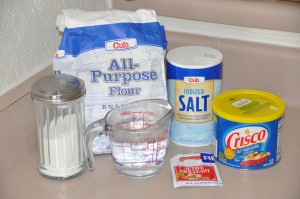
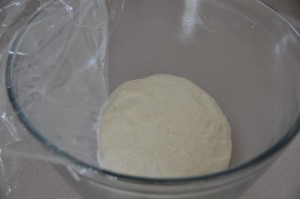
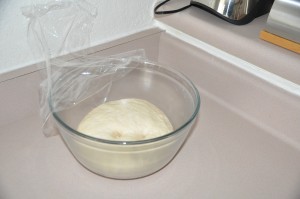
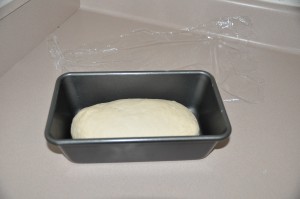
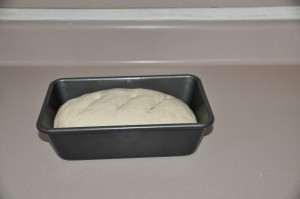
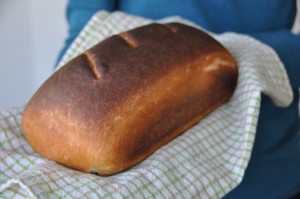
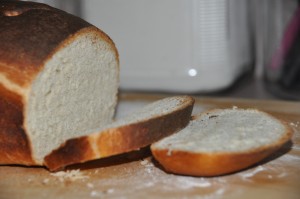
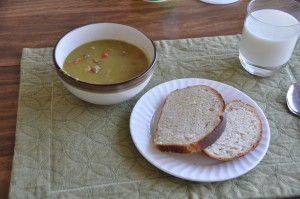
I can has more homemade bread?
I like the new logo!
Thanks! Mike designed it for me.